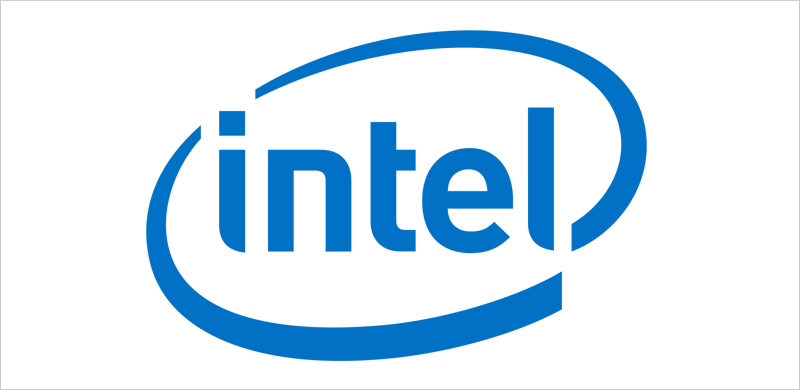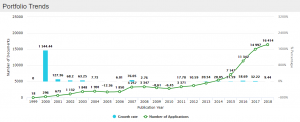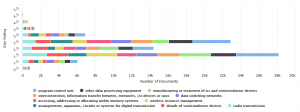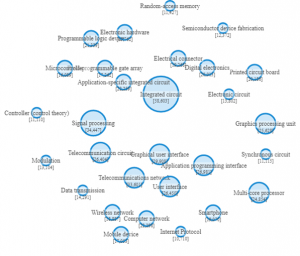
Intel has been undergoing a business transformation from being a PC-centric company to a data-centric business, building and delivering products that enable data processing, storage, analytics and sharing. The company has also been expanding its portfolio in high-growth technology areas such as data centers, IoT (Internet of Things), and programmable solutions.
Intel entered into partnerships with Google and BMW and acquired companies like Mobileye and Altera to accelerate its entry into the AI (Artificial Intelligence), autonomous vehicles and IoT markets. As the company continues to grow its data-center business aggressively, we take a look at its patent assets and evolving technology trends.
General Trends
Figure 1 shows that the number of patent applications increased significantly after 2015. The surge in the patents occurred at around the same time when the company announced the restructuring of its business strategy and invested more in its R&D. Intel increased its patent portfolio by nearly 36 percent over its 2015 number, according to 2016 patent total data from IFI CLAIMS.
USA is the top jurisdiction for patent filing and coverage by Intel, followed by China and the European Patent Office, as seen in Figure 2.
Technology Trends
The key technology areas with the maximum number of patents are digital data processing, semiconductor devices, wireless communication devices and transmission of digital information. As Intel’s R&D focus has shifted to data-centric technologies, its investment in enterprise server and PC-related businesses remains flat.
Figure 3 gives the breakup of patents for Intel’s key technologies based on the Relecura Star Rating. Typically, a patent with a Relecura Star Rating of 3 or more is deemed as one of high-quality. The Relecura Star rating ranks each patent on a scale of five. It is a proprietary composite metric incorporating multiple criteria. The metric combines different technology, business, and litigation related factors. A significant number of Intel’s high-quality patents address technologies related to program control units and data processing equipment.
Figure 4 is a Topic Map of the top technologies (based on key concepts) covered by Intel’s portfolio. In the figure, the size of a bubble corresponds to the total number of patent applications for a technology category. The bubble proximity corresponds to the similarity or “relatedness” of the individual technology categories.
As expected, some of the key technologies include those related to integrated circuits, signal processing, graphical user interfaces, telecommunications circuits and telecommunications networks.
As a part of its new strategy, Intel’s focus is on providing the technological foundation for the emerging data world through its cloud capabilities, along with its programmable and connectivity solutions. Intel continues to add new products to its portfolio related to IoT, artificial intelligence and virtual reality systems.
The company combines memory and programmable solutions with cloud products to enable new data solutions such as deep learning systems. In addition, with the advancement in its wireless and cloud computing capabilities, Intel is foraying into the development of 5G technologies.
The patent portfolio report also provides a competitor analysis for Intel, comparing its portfolio with companies such as IBM, Samsung, Qualcomm, Fujitsu and HP across the major technology areas. Read the report to get all the details.













